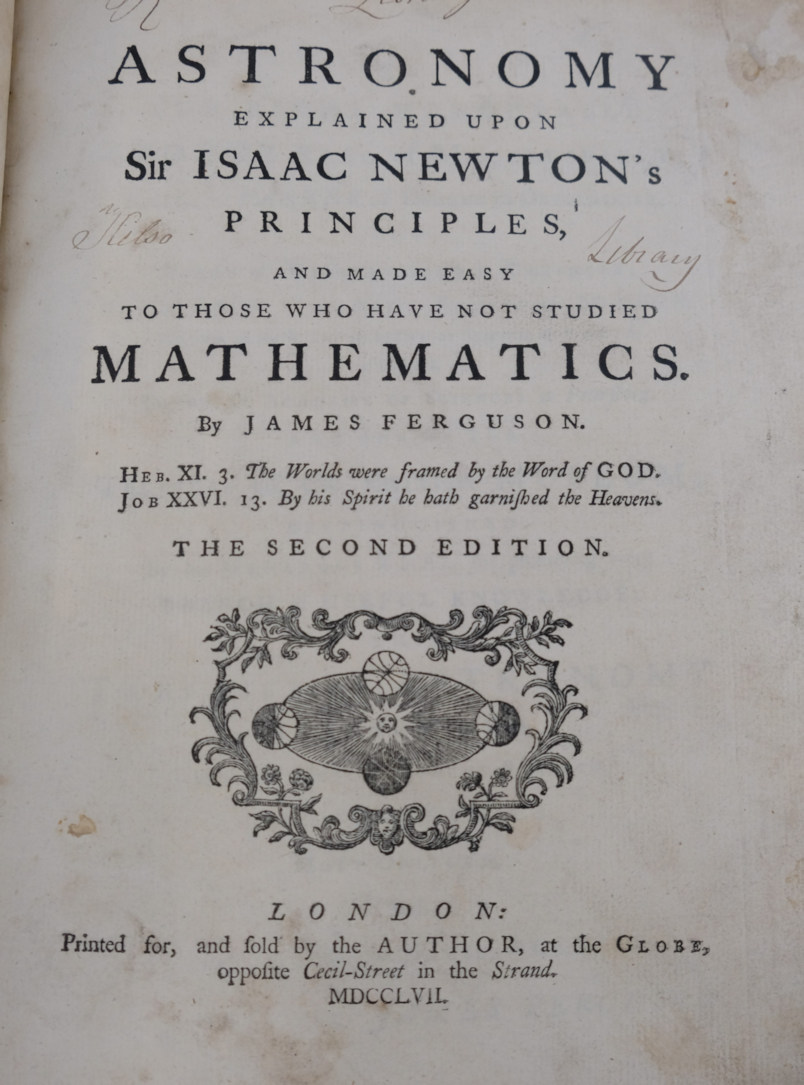2002 – Soyuz TM-34, delayed from April 10, 22 and 17 the spacecraft was finally launched on ISS Mission 4S with Commander Yuri Gidzenko, ESA Astronaut Roberto Vittori, and space tourist Mark Shuttleworth of South Africa.
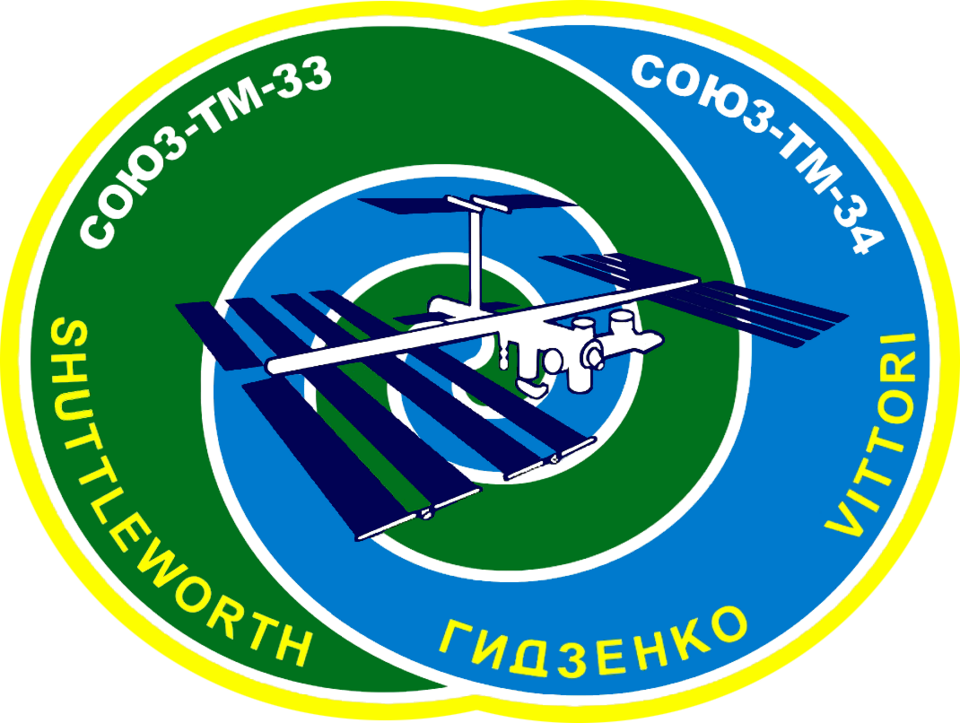
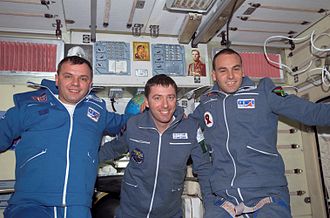
1983 – Pioneer 10 travels beyond Pluto‘s orbit. It was the first of five artificial objects to achieve the escape velocity needed to leave the Solar System. Pluto’s irregular orbit meant it was closer to the Sun than Neptune at the time. The last signal received from Pioneer 10 was January 23, 2003.
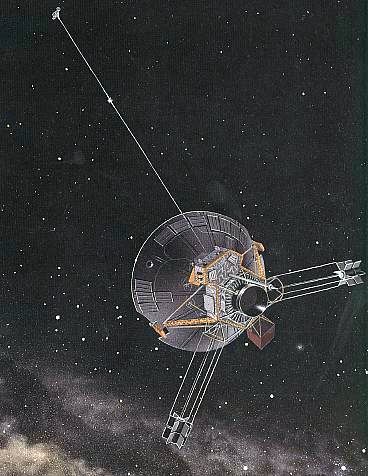
1978 – The U.S. and eight other NATO countries signed a Memorandum of Understanding that opened the way for NATO participation in the Global Positioning System program.
1972 – Apollo 16- Day 5… drink some orange juice, eat more food, and you’re good for landing!
1962 – Project High Water – A Test of an Abort in Space SA-2 Saturn-Apollo 2 project. The dummy upper stages contained approximately 190,000 pounds (86,000 kg) of water. When the terminate command was sent to the rocket, dynamite charges split the second stage longitudinally, instantly releasing its water load. Further charges created several 1-foot (0.30 m) holes in the third stage, releasing its water over a period of several seconds. The cloud produced lightning-like effects, which Dr. Wernher von Braun described as “probably the first synthetic thunderstorm ever generated in space.”[7]
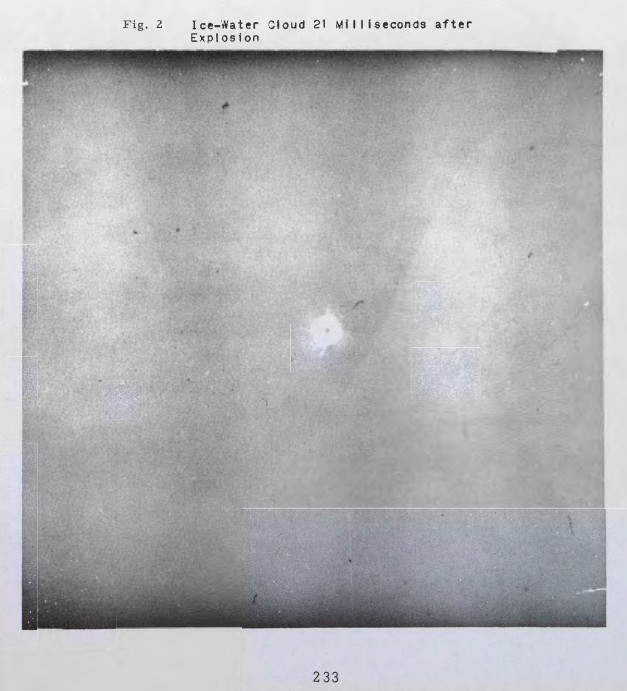
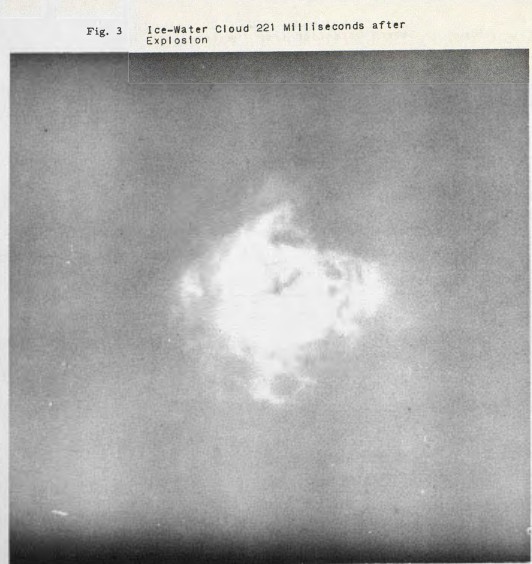

Project Highwater images taken from the ground. The frozen cloud was visible for 4-5 seconds.
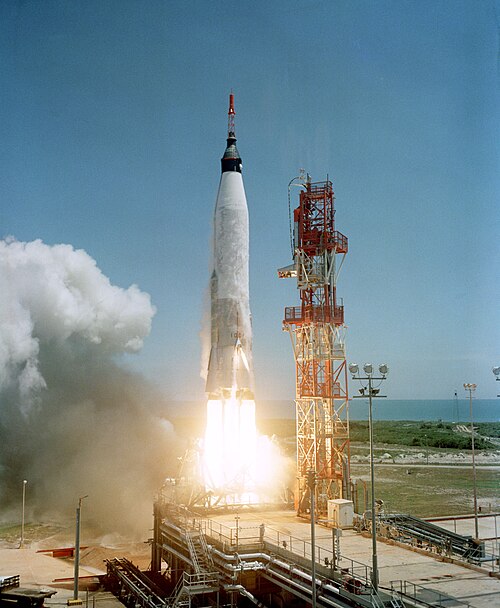
1961 – Mercury-Atlas 3 (MA-3) was launched from Cape Canaveral in an attempt to orbit the spacecraft with a ‘mechanical astronaut’. The launch vehicle failed to roll to a 70 degree heading, and to pitch over into the proper trajectory, so the range safety officer, after approximately 40 seconds of flight that had attained an altitude of 16,400 feet, when the capsule had separated, pushed the destruct button. The Mercury spacecraft then coasted up to 24,000 feet, deployed its parachutes, and landed in the Atlantic Ocean 2,000 yards north of the launch pad. The spacecraft was recovered and was found to have incurred only superficial damage; it was then shipped to McDonnell for refitting.
1958 – USAF Manned Military Space System Development Plan. The program was scheduled for completion in December of 1965 at a total estimated cost of $1.5 billion. To be carried out in four phases: first, “Man-In-Space-Soonest,” the second, designated “Man-In-Space-Sophisticated,” “the third phase, “Lunar Reconnaissance,” The final phase of the projected program was “Manned Lunar Landing and Return, ” (astronautix) It became a part of the Manned Orbiting Laboratory and was cancelled on June 10, 1969.
[Editors Note: In the day, the military-industrial complex was a thing.]
Birthdays
1961 – FrankDeWinne is a Belgian Air Component officer and an ESA astronaut. Rank Brigadier General, Belgian Air Force.
Selection 1998 ESA Group. Time in space 198 days, 17 hours, 34 minutes
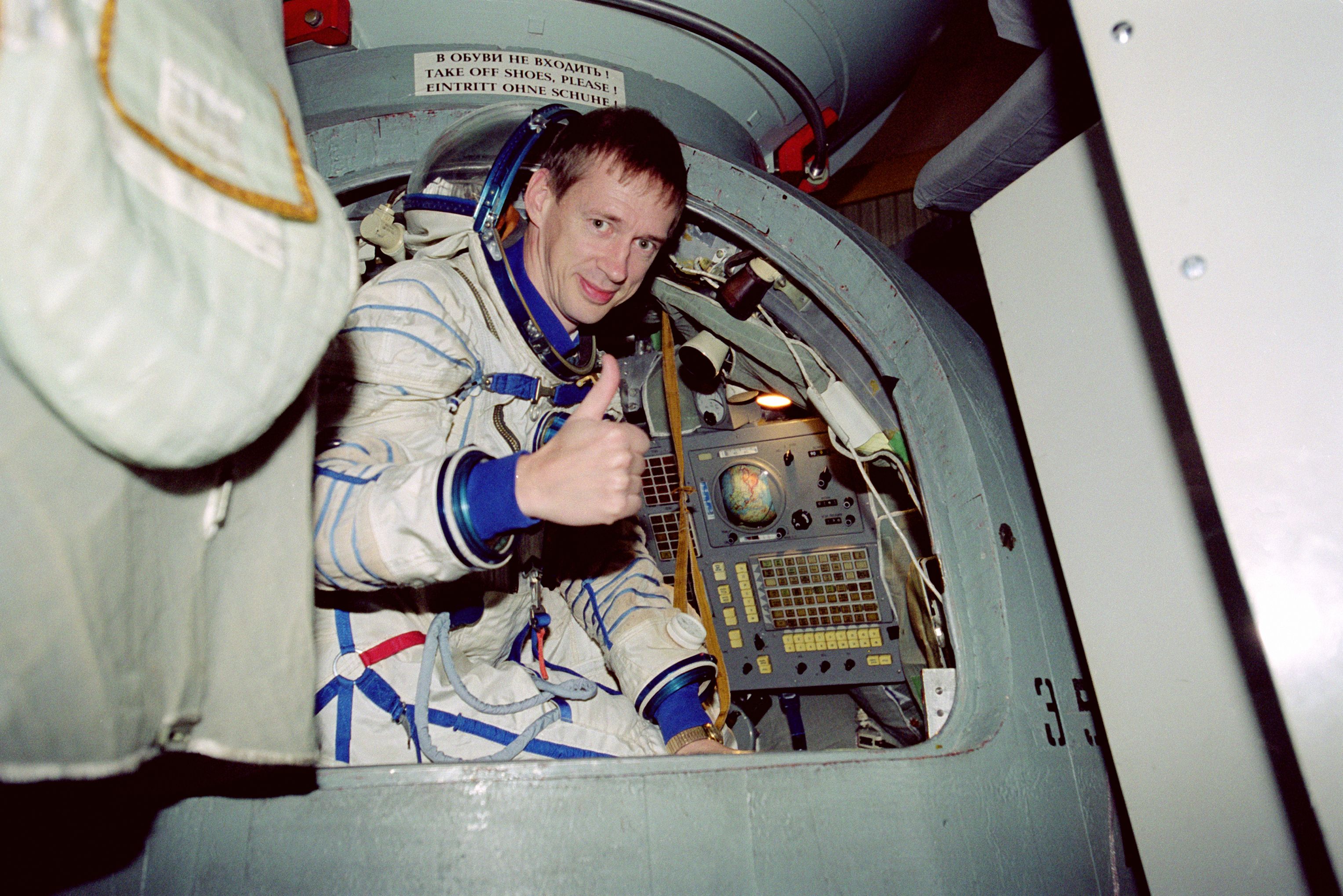

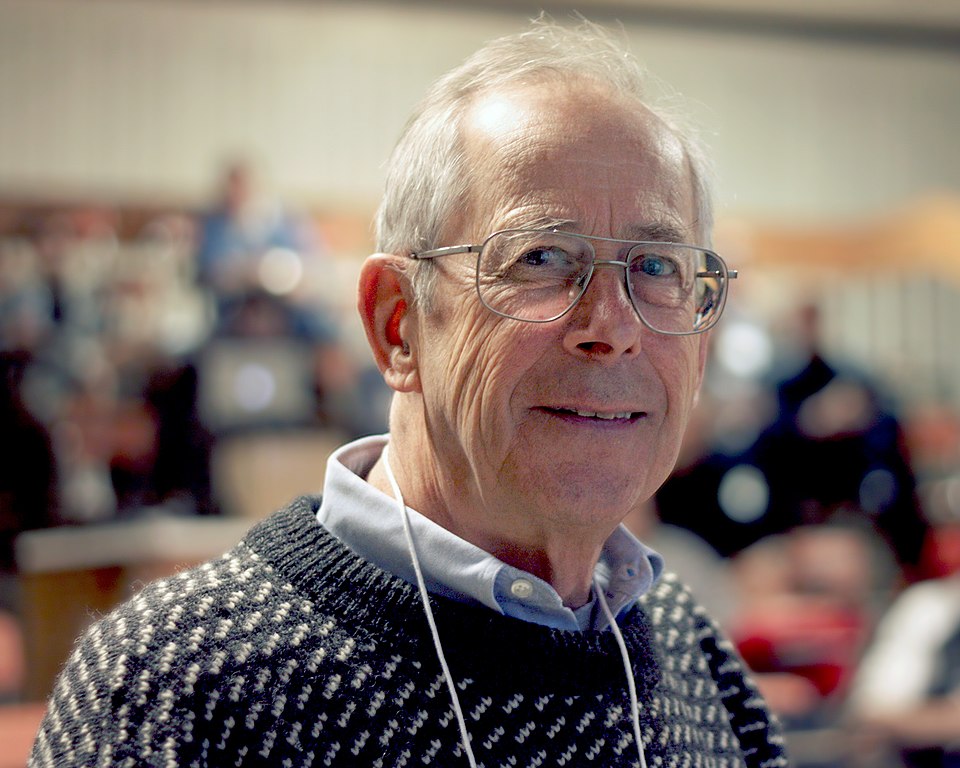

1935 –  Phillip James E. Peebles born in Winnipeg, Manitoba he graduated from the University of Manitoba in
Phillip James E. Peebles born in Winnipeg, Manitoba he graduated from the University of Manitoba in
1958. He became a physicist and worked and taught at Princeton University for many years, where he is currently Professor Emeritus. He is considered by some to be probably the single most important cosmologist of the last 30 years. He is a recipient of numerous honorary degrees and awards, including the A.C. Morrison award, the Eddington Medal, the Heineman Prize and the 1995 C.W. Bruce medal of the Astronomical Society of the Pacific. Peebles was awarded half of the Nobel Prize in Physics in 2019 for his theoretical discoveries in physical cosmology. He shared the prize with Michel Mayor and Didier Queloz for their discovery of an exoplanet orbiting a sun-like star.
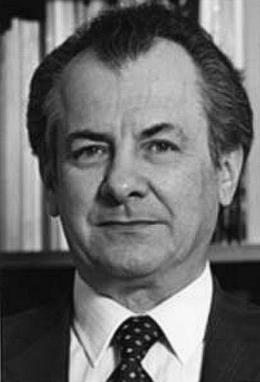
1918 – Gérard de Vaucouleurs was a French astronomer best known for his studies of galaxies. In 1988 he won the Henry Norris Russell Lectureship and the Prix Jules Janssen (d. 7 October 1995)
1710 – James Ferguson was a Scottish astronomer. He is known as the inventor and improver of astronomical and other scientific apparatus (d. 17 November 1776)
